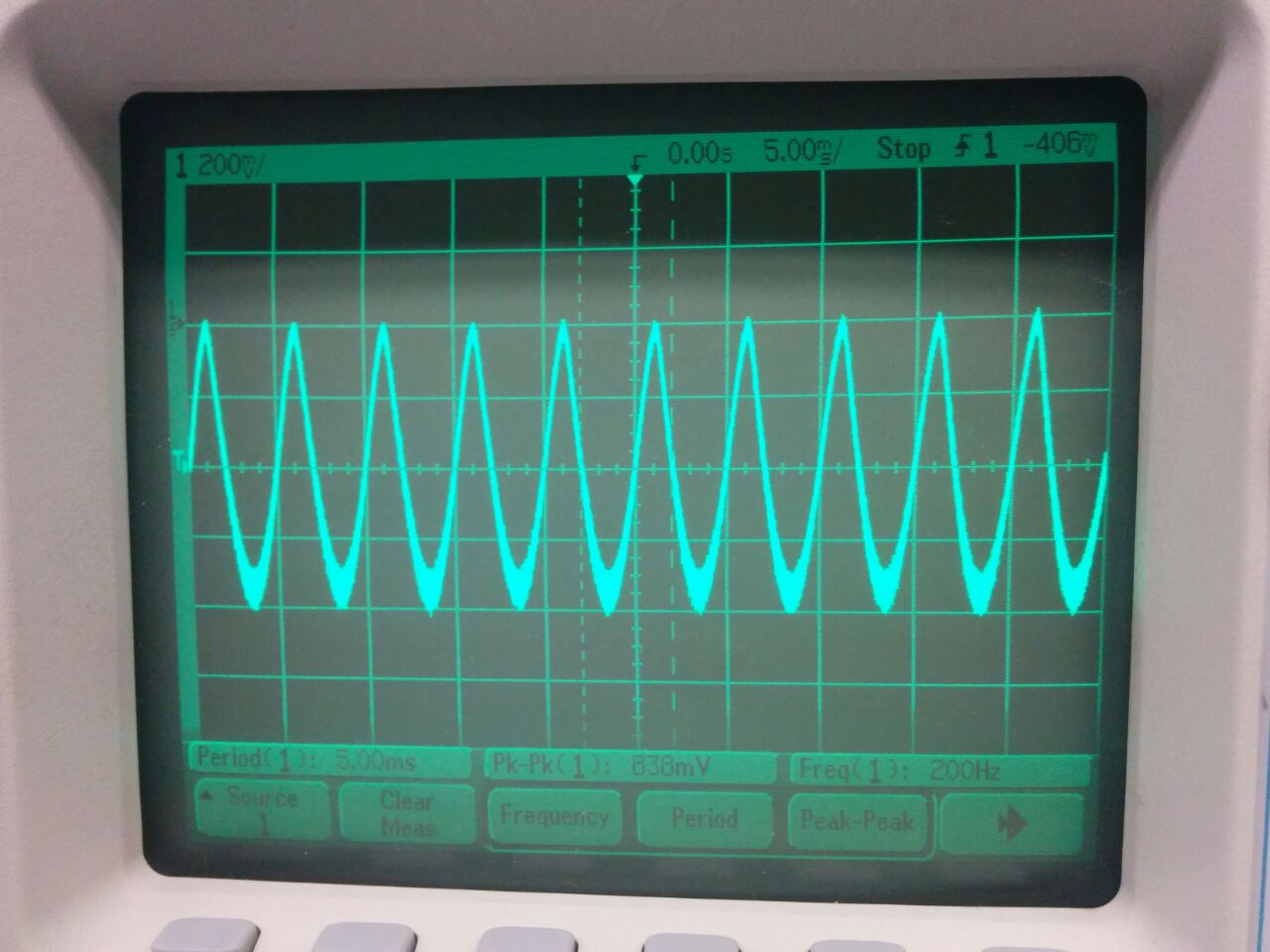What happens to a DSB signal Modulated signal if I use an envelope detector instead of Low Pass Filter ? I am interested in knowing how the output signals vary in case of a envelope detector. I know that I get the signal back in case of a low pass filter. Thanks for your time.

Envelope Detector
Low Pass Filter I used instead of the above envelope detector to retrieve the signal

This was the message signal : 2 volts pk-pk cosine wave 100 Hz Carrier signal : 20 volts pk-pk 25khz
note that the when the low pass is connected the envelope detector is removed
DSB Modulated signal

OUTPUT From the Envelope Detector

OUTPUT from the low pass

